Garlic Farming in Kenya
Garlic, a relative of onions, chives and shallots, is a popular seasoning used all over the world.
Farming garlic in Kenya presents a major opportunity for Kenyan farmers, since Kenya imports about 80% of the garlic from China. Kenyans can also exploit value added garlic products such as spices and supplements that use garlic extracts.
The local market, especially the Indian community, prefers locally grown garlic, since it is more pungent than the garlic imported from China.
Health Benefits of Garlic
Garlic is rich in vitamins. It is known for its medicinal value. It helps in lowering your cholesterol level in blood. Eating a clove of garlic strengthens your immune system. Garlic has compounds that help fight cancer and cancerous tumours.
Ajoene, a chemical found in garlic can control hypertension or high blood pressure. Garlic stimulates the production of an enzyme called nitric oxide synthase. This enzyme can be used to treat impotence.
Varieties of Garlic
Three main varieties of garlic grown in Kenya are;
- Soft-neck garlic
- Hard-neck garlic
- Elephant garlic
Soft-neck garlic is the standard variety grown in Kenya. It is white with a paper-like skin. This is the simplest form of garlic to grow. For this reason, it is common in the Kenyan market. This type produces fewer but large cloves on each head. It is also robust and sweet with a pungent smell. Varieties of soft-neck garlic include California Early, California Late, and creole.
Elephant garlic features a large head composed of huge cloves. You will find this type in grocery stores. Adding elephant garlic to your meals gives you a subtle flavour and a mild odour.
Hard-neck garlic has a strong taste and sweet, pungent odour. You will notice larger and fewer cloves on each head. Its skin is easy and ready to remove. It is not usually preferred for the Kenyan market because it is easily perishable.
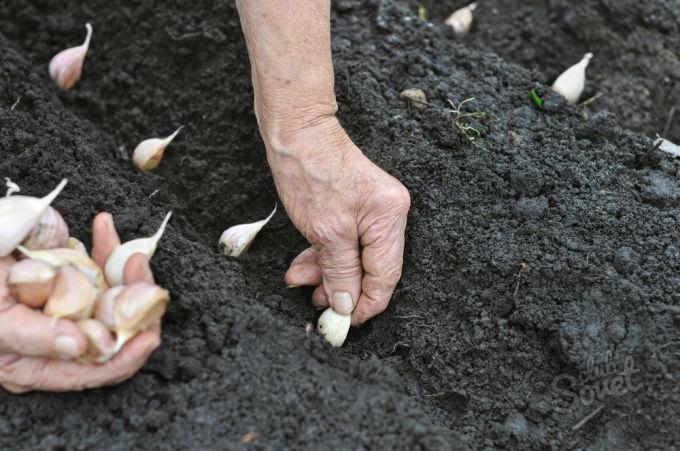
Ecological Requirements
Your garlic requires well-drained fertile soils. You need to conduct a soil test to ensure that soil-borne diseases are not present. A PH of 6.5-6.7 is ideal for your garlic. Proper site assessment and adequate crop rotations are crucial in maintaining a healthy farm.
Land preparation
First, you need to know the soil type on your land by conducting a soil test. It will make you see if you have the best soil for garlic and if not how to make it better. If your soil is not good enough, do not worry. Garlic is a forgiving plant that does well in marginal soil. All you need to do is use organic fertilizers on your soil such as alfalfa and manure as well as using cover crops to help improve poor soils. You should adequately prepare the soil on your farm. Garlic grows best in loose soil. Till the land to a depth of 6-8 inches. If your farm has compact soil such as clay, you can put a layer of small rocks at the bottom of the trench.
The best soil for garlic
Here’s the elemental soil composition for optimal growth.
Nitrogen: your garlic needs more nitrogen than you would imagine, especially in the initial growth stages as it emerges and spreads its leaves. Adding organic manures such as sheep or cow will do the trick.
Potassium: This is critical for healthy bulb formation and the growth of leaves
PH: the ideal PH for growing garlic is between 6.0 and 7.5
Phosphorous: It’s vital for optimal root development
Sulfur: sulfur compounds are linked to garlic’s unique flavours and healing benefits. You can add sulfur by sprinkling gypsum over your soil beds, just after the plants have sprouted and begun to leaf out.
Nursery preparation
In Kenya, planting garlic seeds in a nursery is not usually recommended. You need to buy germinated cloves from a dealer with a good reputation.
Transplanting
In Kenya, a hoe is usually used. You need to dig trenches three inches deep. If your farm has compact soil such as clay, you need to create a row 6 inches deep. Put gravel or a layer of small rocks at the bottom of the trench. Fill the rows with loose, airy dirt that is fine in texture. Using a hoe, you need to poke a hole in the soil 2 inches deep.
You should ensure good soil drainage. Plant your cloves by placing them root-down. Cover the clove with loose soil. It is recommended to space your cloves 6 inches apart. Spacing between the rows should be about 2 feet apart. You should slightly water your crops after planting.
Irrigation Requirements
Garlic needs a relatively small amount of water. You should always ensure proper drainage. If you grow your garlic in areas with little rainfall, water your crop every couple of weeks. Start watering your crops after sprouting. Depending on the conditions of your soil, you should limit irrigation. If your garlic grows in waterlogged soil, it will begin to rot. Cover the ground with mulch to avoid unnecessary wastage.
Diseases affecting garlic
Most garlic diseases are soil-borne. You need to properly assess your farm before planting. Common garlic diseases include downy mildew, basal rot, white rot, penicillium decay and rust.
Pests
Lack of water predisposes you crops to infestation by insects. Your garlic may be affected by pests such as wireworms, stem and bulb nematodes also known as roundworms, leek moth, bulb mites and blister beetles.
Weed Control
You should remove weeds wherever they appear carefully. Prolonged used of herbicides retard plant growth.
Harvest and Post-Harvest
You are advised to time your crops correctly. Late harvest may result in rotting of the cloves because the heads may be split. Gathering your garlic too early gives you less compact and smaller cloves.
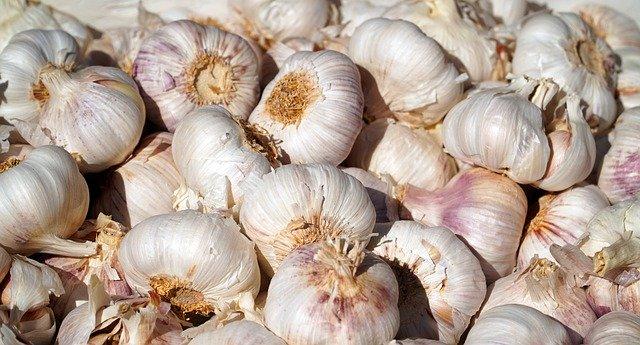
The appearance of foliage gives you an indication that your garlic is ready for harvest. If the soil is dry for an extended period, the foliage may die back before the best time to harvest. But if you kept the earth fairly wet, your garlic is ready for harvest when the foliage turns light green.

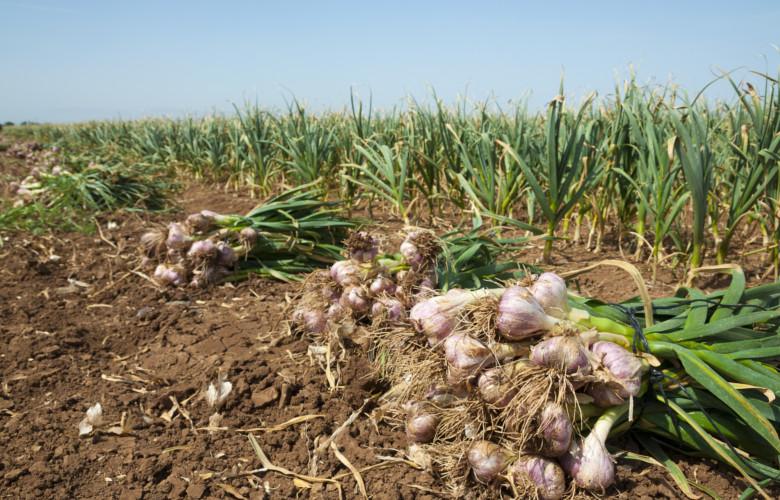
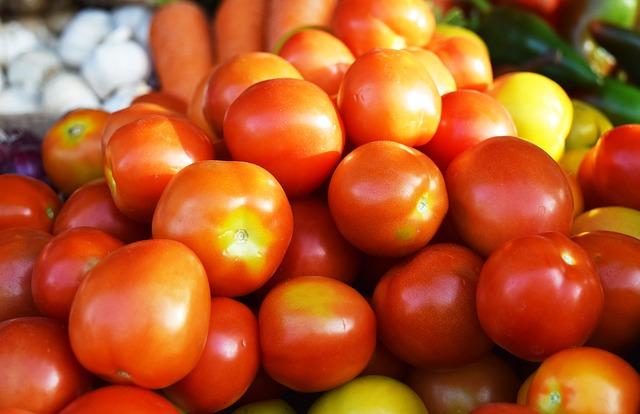
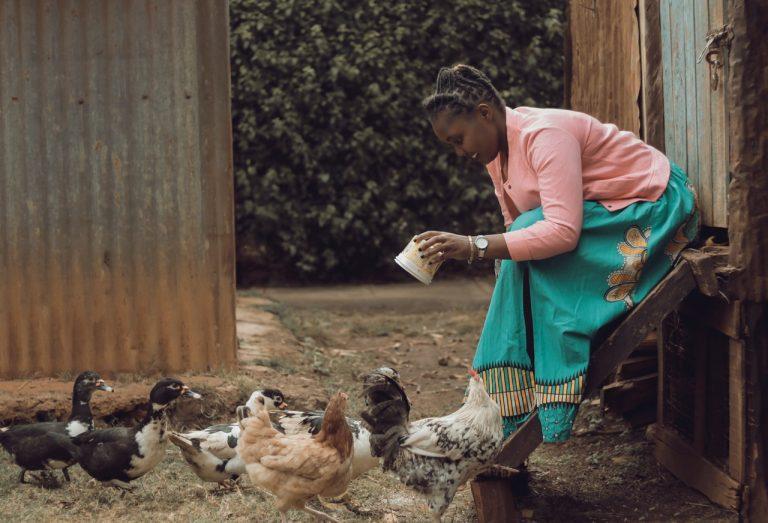
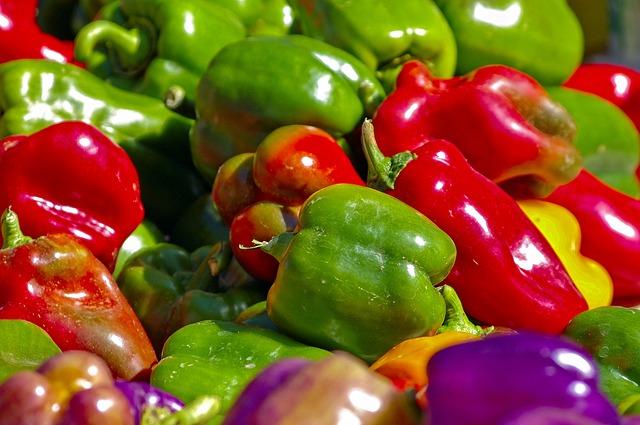
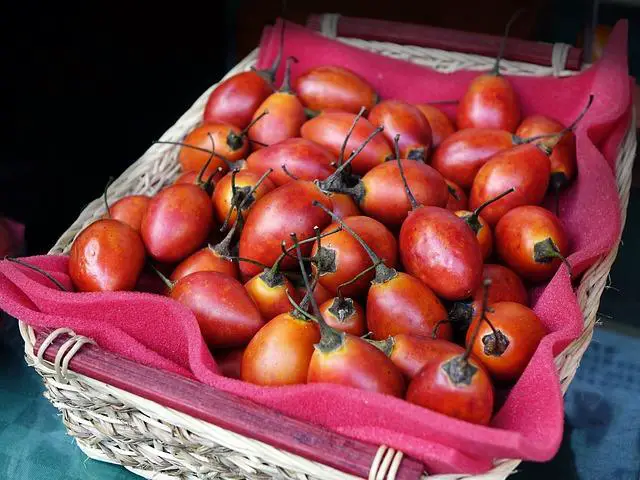
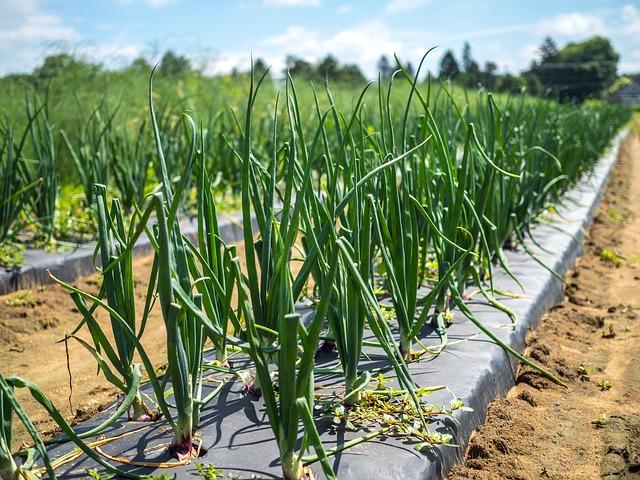
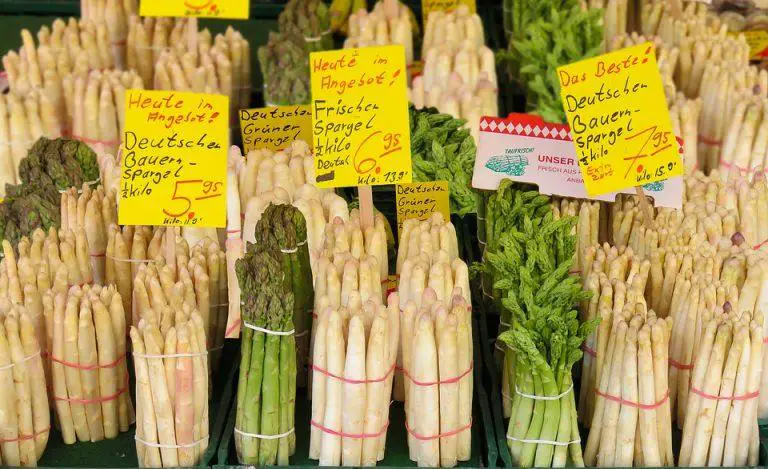
Where can I get the garlic…
Where can I get the garlic cloves for planting.
Hi. Please contact Gilad on…
Hi. Please contact Gilad on his page here https://www.facebook.com/GILADLIFE . He supplies seed garlic cloves.
Anyone doing garlic in bomet…
Anyone doing garlic in bomet ?
Can garlic grow in Voi
Can garlic grow in Voi
Can garlic be grown in…
Can garlic be grown in Naivasha
Anybody doing garlic around…
Anybody doing garlic around cherangany. Need to try these. Thanks
Silas Rutto
where can i get the…
where can i get the seedlings?
I like the agribusiness idea…
I like the agribusiness idea, can it grow well in muhoroni area?
Can garlic grow in Gem Yala?
Can garlic grow in Gem Yala?
Can garlic do well in…
Can garlic do well in kitengela?
Can garlic grow in Njoro…
Can garlic grow in Njoro area?
Anyone growing garlic around…
Anyone growing garlic around Njoro areas ?
Anyone doing garlic around…
Anyone doing garlic around Eldoret or Western areas? Need to try. Thanks
Very good notes for garlic…
Very good notes for garlic onions bigginners agri-preneurs